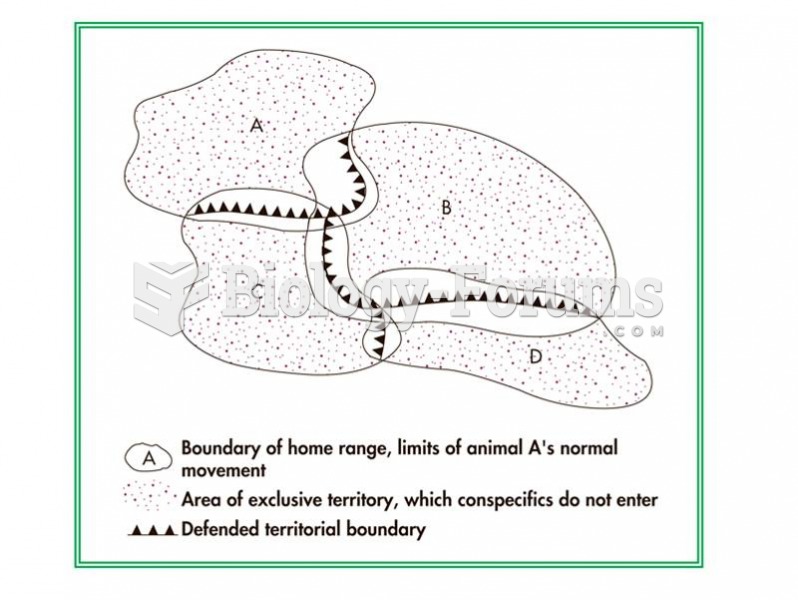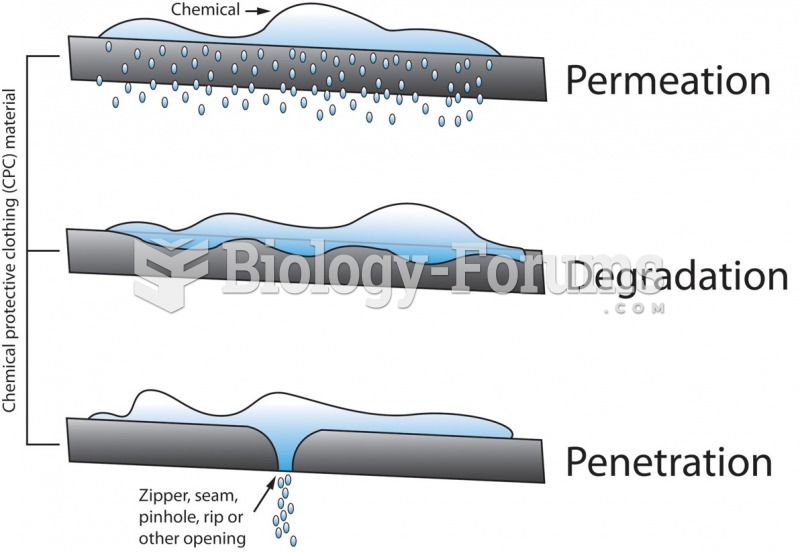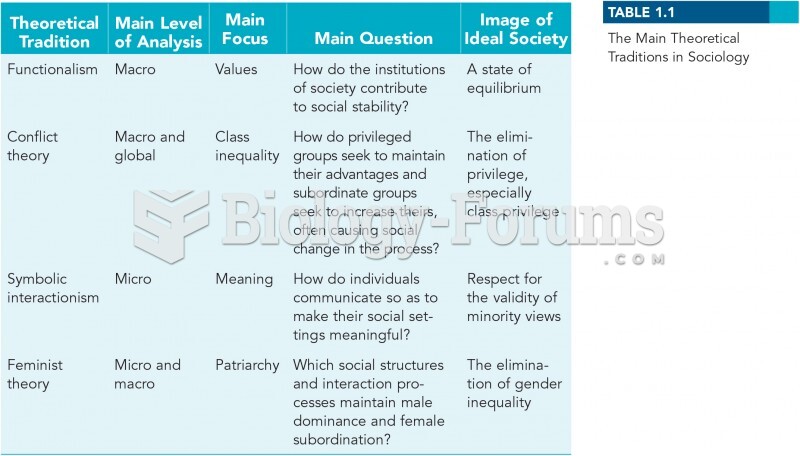Answer to Question 1
Theoretically, there are four ways to prevent crime:
1. The punishment for violating a law can be made so severe that lawbreakers will be deterred from committing crimes. Studies on the use of capital punishment, however, suggest that even this severest penalty does not deter crime.
2. The convicted lawbreakers can be kept in prison. Such an approach would be very expensive-especially, because practically everyone occasionally commits a crime.
3. The economic, social, and political conditions that breed crime can be changed. Among the numerous proposals that have been advanced are improve family life; improve the educational system to make education an exciting, growth-producing experience for students; end racial discrimination; end racial profiling by police departments; provide equal opportunities for achieving success for all citizens, including the poor and minority groups; provide full employment and a decent living wage for all able-bodied people; improve housing conditions and living conditions in our inner cities; and curb alcohol and drug abuse.
4. The general public could be educated on how to avoid becoming a victim of crime.
Answer to Question 2
Diversion Programs: Labeling theory suggests that the criminal justice system perpetuates crime by branding offenders and interacting with them as if they were delinquents and criminals. Diversion programs have therefore been developed in a number of communities to divert first-time or minor offenders from entering the criminal justice system; as an alternative, they receive services from community agencies. One such program is deferred prosecution, which some communities now provide. Adults who are arrested for the first time for a minor offense (such as shoplifting) are referred by either a judge or a prosecuting attorney to deferred prosecution prior to standing trial. Deferred prosecution programs provide, over a period of several weeks, small-group sessions that are geared to helping the members refrain from committing additional crimes. The case is dismissed if the defendant (a) pays for any damages, (b) is not rearrested while participating in the program, and (c) attends all the group meetings. Many diversion programs focus on keeping juveniles out of juvenile courts and criminal courts by instead referring them to treatment programs handled by community agencies. Juveniles, for example, may be referred for counseling (from social workers, probation officers, or psychologists); they may receive help for emotional or family problems; or they may receive help with schoolwork. Many communities have Scared Straight programs, which were initially developed at a prison in Rahway, New Jersey. Juveniles who have committed offenses are taken to visit a prison, where inmates harshly describe prison life. Prison conditions are also observed firsthand. The objective is to expose juveniles to the realities of life in prison so that the threat of imprisonment will motivate them to stop breaking the law. It is not yet certain, however, that this exposure has a deterrent effect on juveniles.
Transitional Programs: A variety of transitional programs are now offered to offenders. While in jail or prison, a person may be allowed to work in the community during the daytime. School-release programs allow inmates to attend college or a technical school during the day. Halfway houses have been used as an alternative to sending a person to prison; they allow residents to work or go to school in their home community. Halfway houses have also been used to help inmates just released from prison to readjust to society. If offenders misbehave while in halfway houses, there is the threat of being sent back to jail or prison. A goal of transitional programs is for inmates to maintain and develop strong ties to the noncriminal elements in their home community. The programs seek to reduce or alleviate the negative effects of incarceration and provide opportunities and resources for rehabilitation.







